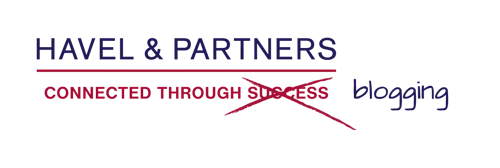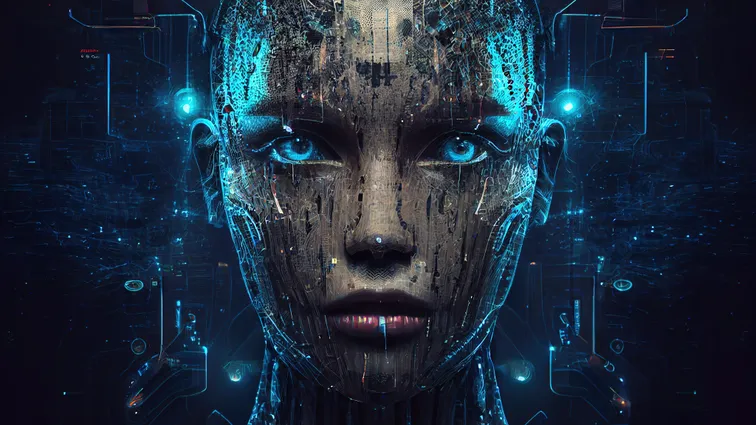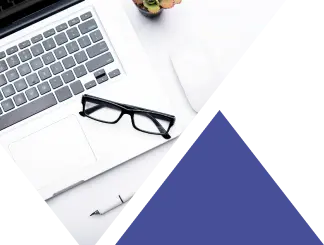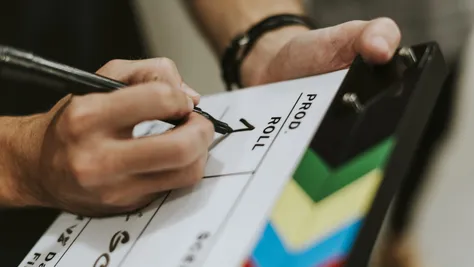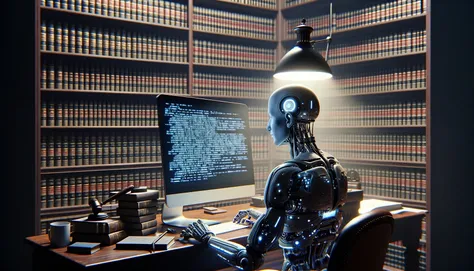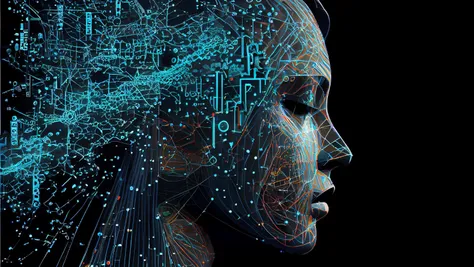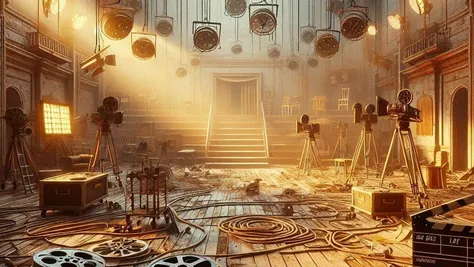The rapid advancement of Artificial Intelligence (AI) has introduced a wide range of previously unresolved legal challenges for society, particularly in the realm of copyright law. Can an AI-generated work be protected by copyright if a human contributed to its creation by merely providing a command or instruction to the AI system? Last year, the Municipal Court in Prague dismissed a claim for attribution on graphics generated by the DALL-E tool but left open the possibility that AI-generated works with sufficient human input could be protected.
A dispute arose after a Prague law firm published an image on its website that was generated using the DALL-E AI tool. The image was allegedly created based on input provided by the plaintiff, which included a specific command or "prompt": “Depict two parties signing a formal business contract in a professional setting, such as a conference room or a law firm in Prague. Show hands only.”
The plaintiff asserted that he had creatively generated the image using a prompt, and consequently demanded recognition for his copyright to the work. He insisted that the law firm take down the image from its website and cease all future use of it.
AI as an author and the issue of creative input
The Municipal Court in Prague dismissed the plaintiff’s claim, ruling that he had failed to demonstrate sufficient creative input to be entitled to claim authorship of the graphics. Under Section 5 of the Copyright Act, only natural persons can be considered authors, which excludes AI systems. While the plaintiff claimed to have participated in the work’s creation by commissioning a specific prompt, he failed to provide any convincing evidence to support this assertion, offering only personal allegations.
The court ruled that the plaintiff failed to meet his burden of proof, as he did not demonstrate that the AI’s output was based on the plaintiff’s specific instructions or that those instructions provided sufficient creative input. According to the court, without concrete evidence of significant human involvement in the creative process, the conditions for authorship under the Copyright Act cannot be satisfied.
Beyond that, the court ruled that the AI-generated work did not qualify as a work of authorship under the Copyright Act, as it was not the unique product of a human’s creative activity. The court determined that the prompts themselves were merely suggestions or ideas, and therefore not eligible for copyright protection. The court ruled that, as a result, the AI-generated output cannot be considered a work of authorship or the plaintiff's own creation.
However, the Municipal Court left open the possibility that AI-generated works could receive copyright protection in the future, provided a sufficient degree of human creative input could be demonstrated. In the present case, the plaintiff failed to provide sufficient evidence demonstrating his significant creative contribution to the work. While submitting a prompt alone is unlikely to qualify for authorship now or in the future, the key issue was the plaintiff’s failure to present persuasive proof of his significant involvement in the creative process.
The court indicated that future copyright claims for AI-generated works will require stronger evidence demonstrating significant human creative input. In our view, the creative input could take various forms, such as exercising creative control over the output, modifying the final work, or specifying parameters down to the smallest details. This would allow the initial idea to be concretely and creatively elaborated into the intended work, thereby demonstrating a unique human creative contribution. In other words, the work should reflect the author’s creative personality and artistic freedom, showcasing their individual choices in conceiving the piece, rather than choices dictated by a computer algorithm.
While this case does not rule out the possibility of AI-generated works receiving copyright protection in the future, such protection would only be granted if there is clear evidence of significant human involvement in the creative process.
Chinese parallel
Last year, the Beijing Internet Court issued a ruling that presented an intriguing parallel to the case in the Czech Republic. Both cases addressed similar issues surrounding graphics created using AI technology, in this instance Stable Diffusion. The court awarded the user authorship of the AI-generated work based on the user’s significant creative input. This included providing detailed parameters through over 150 prompts, making edits, and thoroughly reviewing the resulting output.
The Chinese court, like the Municipal Court in Prague, did not recognise the AI system as the author of the work (it also completely excluded this possibility). Instead, the court acknowledged that the human user played a crucial role in the work’s creation. The courts shared a similar logic, although the Beijing court expressed this more explicitly, emphasising human creativity as a necessary factor in attributing authorship. The difference lay in the fact that the Chinese court was able to infer authorship because they found sufficient evidence of human creative input, whereas the Czech court did not have this evidence.
Conclusion
The Municipal Court in Prague has set an important legal precedent regarding the authorship of AI-generated works. The court’s rejection of the plaintiff’s claim paved the way for future legal battles surrounding the role of human creativity in the production of works using AI tools.
However, under current Czech law, AI systems cannot be recognised as the legal author of a work, as the law stipulates that only natural persons can be considered authors. And the individual must demonstrate their specific contribution to the copyrighted work. Otherwise, the output will be non-copyrighted and subject only to the user terms of the AI tool. Third parties who have not agreed to or accepted the terms will generally not be bound by them.
The recent decision sends a clear message to companies and individuals using AI for creative work: if they seek copyright protection, they must provide concrete evidence demonstrating significant human input. A simple prompt alone will not suffice. Instead, what's important is a demonstrable creative contribution, such as adjustments to the final output, setting more complex parameters, or other interventions that showcase unique human creativity.
The rise of AI tools such as DALL-E and Stable Diffusion has fuelled not only technological advancements, but also sparked new legal challenges. The issue of copyright protection for AI-generated works will undoubtedly continue to be a subject of ongoing debate and disputes. With our extensive expertise in AI and copyright law, we can provide effective solutions for any legal issues you may be facing in these areas. Please do not hesitate to contact us – we will be happy to help you find effective solutions.
